As university administrators and law enforcement crack down on campus protests over Israel’s war in Gaza, they’re invoking a familiar trope: the “outside agitator.”
On April 18, the New York Police Department arrested more than a hundred people in connection with pro-Palestinian protests at Columbia University, kicking off a wave of similar demonstrations at other US colleges and universities. Following the NYPD’s arrest of more than 130 protesters at New York University last week, New York City Mayor Eric Adams said in a news conference that “outside agitators” were disrupting the city and throwing bottles and chairs at police officers.
NYPD Deputy Commissioner of Operations Kaz Daughtry suggested on Fox 5 New York on Tuesday that an outside entity was funding campus protests because of the similarities in tents used at student encampments, saying “there are professional agitators in there that are just looking for something to be agitated about.”
Elsewhere, Emory University President Gregory Fenves said in an April 26 university-wide letter that “highly organized, outside protesters” were behind an encampment that prompted the school to call in law enforcement. Videos captured police wrestling people, including at least one Emory professor, to the ground, and a CNN crew witnessed officers using pepper spray and pepper balls on the crowd.
On Monday, Fenves walked back his earlier statement, saying members of the Emory community were involved in the encampment. He also apologized for the mischaracterization and said he was “devastated that members of our community were caught up in law enforcement activity.”
In these instances, and others, authorities have not offered many specifics about who the “outside agitators” are, how significant their numbers are or how they differentiated outsiders from university-affiliated protesters.
Large-scale social movements can certainly be vulnerable to groups who seek to capitalize on the chaos for their own ends, said Aldon Morris, a professor emeritus of sociology and African American studies at Northwestern University. But time and again, authorities have leveled the broad accusation of “outside agitators” to undermine or stifle protests.
“The notion here is that student protests aren’t really legitimate because the claim is they are being taken over by outside agitators who are violent, anti-government, anti-democracy and so forth,” Morris told CNN.
The use of the term is nuanced. This time around, city officials, university administrators and supporters of the student protesters have all cited “outside agitators” as people who are trying to hijack the protests for their own means. But whether the person using the phrase is trying to quell the protests or defend them, it’s not always clear who these “outside agitators” are, and whether they can be classed as such in the first place.
“It seems to me that the ‘outside agitator’ claim is one to shift the focus away from the grievances of the students and their protest,” Morris said.
‘Outside agitator’ trope has a long history
You don’t have to look far back in history to find examples of the “outside agitator” narrative.
During a speech at the height of the Black Lives Matter protests in 2020, then-President Donald Trump characterized the demonstrations occurring nationwide as being overrun with professional anarchists, violent mobs and other left-wing groups. As he spoke, police forcibly dispersed peaceful protesters outside the White House gates with tear gas, flash grenades and rubber bullets — a move that resulted in uproar and prompted a lawsuit from a coalition of civil rights groups.
While there were some reports of people with extremist ties showing up at protests, an Associated Press review of court documents published in October found that most of those who were arrested or charged at the time didn’t appear to be linked to highly organized extremist groups. Many of them, the AP found, were young adults from suburban areas that Trump had vowed to protect.
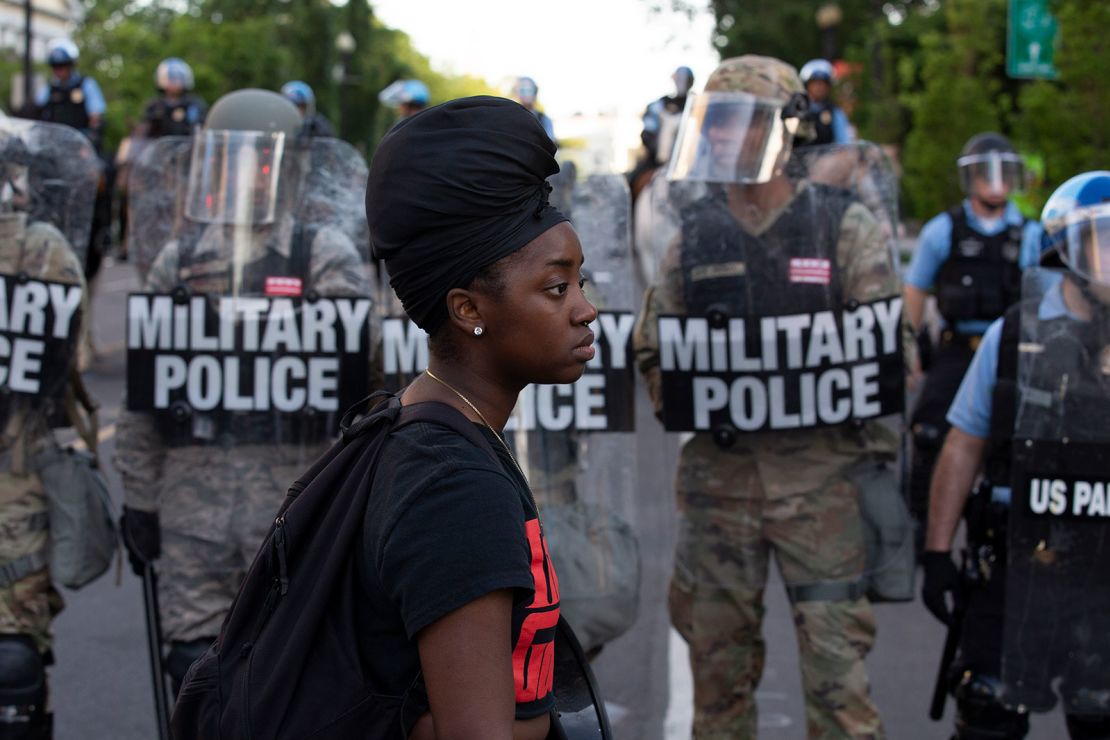
Claims of “outside agitators” — or “crisis actors,” which evoke a similar idea — also emerged during a 2018 walkout of Oklahoma teachers, in the aftermath of the Parkland school shooting earlier that year and amid the violent unrest that followed the police shooting of an 18-year-old Black man in Ferguson, Missouri in 2014.
The “outside agitator” label was also frequently evoked during the Civil Rights Movement in the 1950s and 1960s, implying that protesters participating in demonstrations were driven by the nefarious agendas of shadowy “others,” as opposed to being motivated by their own concerns.
One example is the 1964 Mississippi Summer Project, Kathleen Fitzgerald, a teaching associate professor of sociology at the University of North Carolina, explained in a 2020 interview with CNN. A group of mostly White college students who traveled from the North to Mississippi to help register Black voters and open freedom schools were dismissed by White Southerners as outsiders.
“When they use that narrative, it’s an assumption that no locals would agree with these actions and no locals are on board,” Fitzgerald said in 2020. “And that’s certainly not true.”
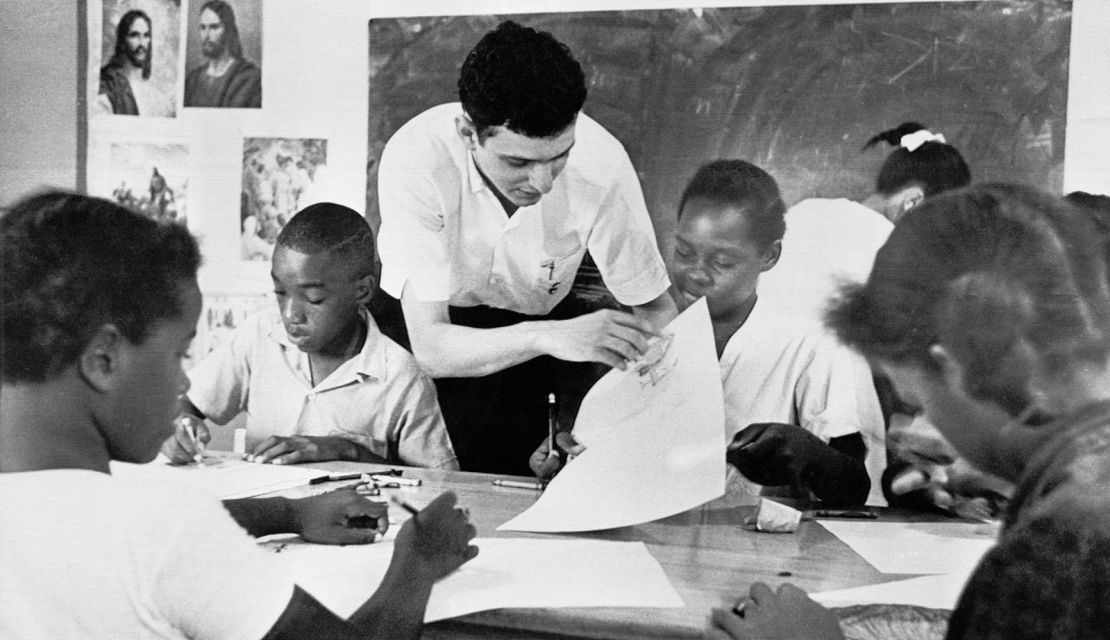
The use of the term is complicated
Indeed, there are people who travel to support causes they believe in, but that doesn’t necessarily mean there is a significant distinction between them and those who were originally protesting.
For instance, Martin Luther King Jr. and other activists in the Southern Christian Leadership Conference were often called in to assist with civil rights demonstrations across the South. In doing so, they were portrayed as outsiders stirring up trouble — a notion that King rejected.
“Never again can we afford to live with the narrow, provincial ‘outside agitator’ idea,” he famously wrote in Letter from a Birmingham Jail. “Anyone who lives inside the United States can never be considered an outsider anywhere within its bounds.”
As messages from Emory University’s administrators referenced outsiders as an explanation for why state and local law enforcement were called to campus, demonstrators at the university echoed King’s 1963 words.
In a statement, protesters asserted that Emory University is a part of the world and, in turn, those joining the movement could not be considered outsiders.
“We want to say as clearly as possible - we welcome ‘outside agitators’ to our struggle against the ruthless genocide of Palestinians.”
Still, the use of the term is more complicated than it seems.
Some Jewish students have reported threats and antisemitic rhetoric from protesters at some demonstrations, and some institutions have moved classes online over safety concerns. As pro-Israel politicians have amplified concerns around antisemitism, some supporters of students’ right to free expression have suggested “outside agitators” are undermining otherwise peaceful protests.
“That is why I am deeply concerned about misinformation that aims to undermine this movement, outside agitators that detract from peaceful solidarity actions, and the aggressive response by law enforcement to students peacefully protesting across the country,” Rep. Ayanna Pressley said in a statement.
Rep. Hank Johnson similarly criticized “outside agitators who seek to usurp the peaceful protests against the Netanyahu government’s killing of tens of thousands of innocent Gazans by giving life to a false narrative that the protest movement is violent and anti-Semitic.”
Daughtry, the NYPD Deputy Commissioner, has also sought to distinguish student protesters from “outsider agitators” — though some students have dismissed the notion that outside forces are behind the demonstrations.
Late last week, he expanded on his earlier statements, saying that: “What may have started as a group of Columbia students wanting to express their constitutional right to protest has drawn crowds of outside agitators who are trying to hijack a peaceful protest and turn it something far more sinister.”
Emphasizing ‘outsiders’ serves as a distraction, one scholar says
Given how the trope of the “outside agitator” has been deployed throughout history, Morris says he views recent references to outsiders at these protests as a distraction from the students’ primary aim: Calling attention to the war in Gaza.
At the heart of these demonstrations at US colleges and universities are very specific demands: Students at some campuses are calling on their universities to divest from companies linked to Israel or its war effort. Others are asking their schools to cut ties with Israeli academic institutions, disclose their investments or more broadly support a permanent ceasefire in Gaza.
But in recent days, much of the national conversation around the protests has revolved around antisemitic incidents or scenes of chaos and disruption as officials try to break up demonstrations, Morris said.
“It seems that those who oppose the protests want to deal with any issue other than the issue which really caused the students to organize and to launch these protests,” he added.
Protests at some colleges and universities have indeed drawn some participants from outside the respective schools. In some cases, people have shown up in solidarity — the crowds at Emory University included organizers from the “Stop Cop City” movement, and local Atlanta media reported that at least one Spelman College student was in attendance.
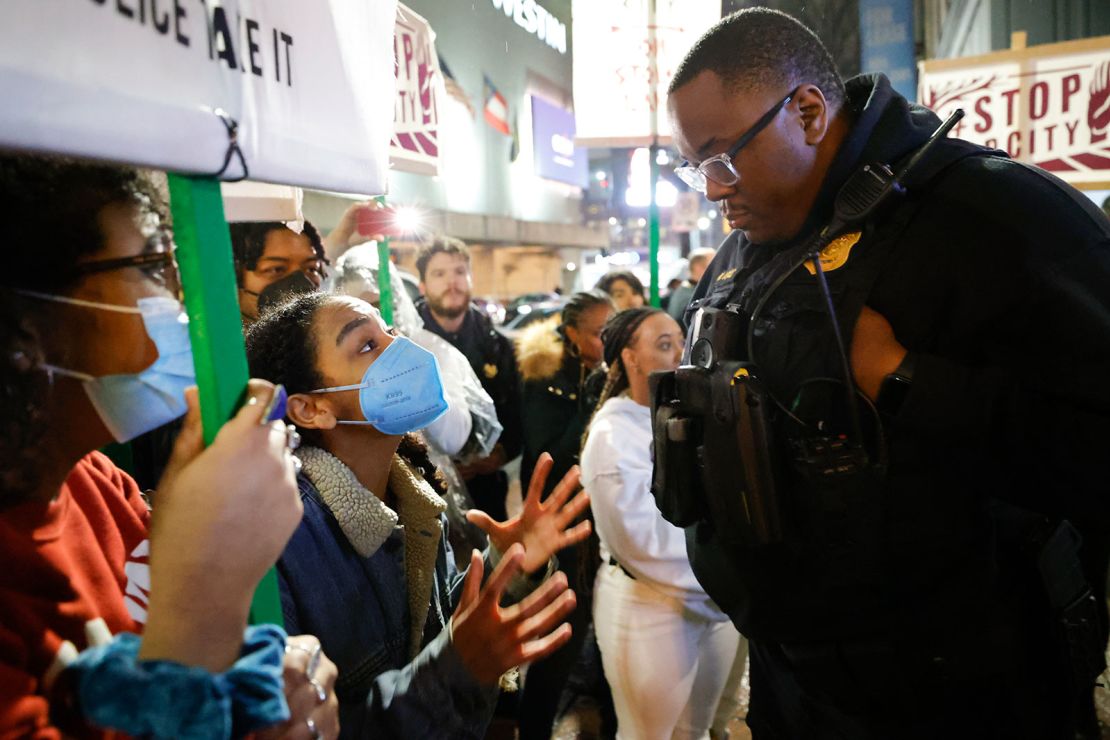
In other cases, the identities and motivations of outside protesters have been less clear — at Columbia, journalists and students have drawn a distinction between the student-led encampments and those protesting outside the university’s gates.
“It’s a double-edged sword,” Morris said. “On the one hand, the student protests can be more powerful by larger numbers of people who come in from the outside, so long as they share the goals of the student protest movement. At the same time, their movement can be undermined by those with ulterior motives.”
What’s particularly concerning, however, is that university administrators and law enforcement are again using the mere presence of outsiders to suppress demonstrations, Morris said. In doing so, he added, they might inadvertently end up strengthening the movement.
“Administrators often make a grave error by engaging in repression of the protests,” he said. “That kind of repression often generates more protests and larger protest movements.”
Already, that appears to be happening. As Columbia University administrators called in police on April 18 to disperse student encampments on campus, students mobilized in similar ways at Yale University, the University of North Carolina at Chapel Hill and the University of Texas at Austin, among other colleges and universities.
In response to administrators’ decisions to bring in law enforcement to quell demonstrations, the conversation has already broadened beyond Israel’s war in Gaza to questions about when free speech on campus crosses a line and what administrators’ obligations are to their students.
As students continue to press the administrations of their schools to fulfill their demands, and as officials respond to the protests, Morris said it remains to be seen what narrative will win out.
“The movement has to struggle with the narrative. The university has to struggle over the narrative,” he said. “And the real issue is: What narrative will become dominant?”
This write has been updated since its publication on April 27 to reflect recent developments.
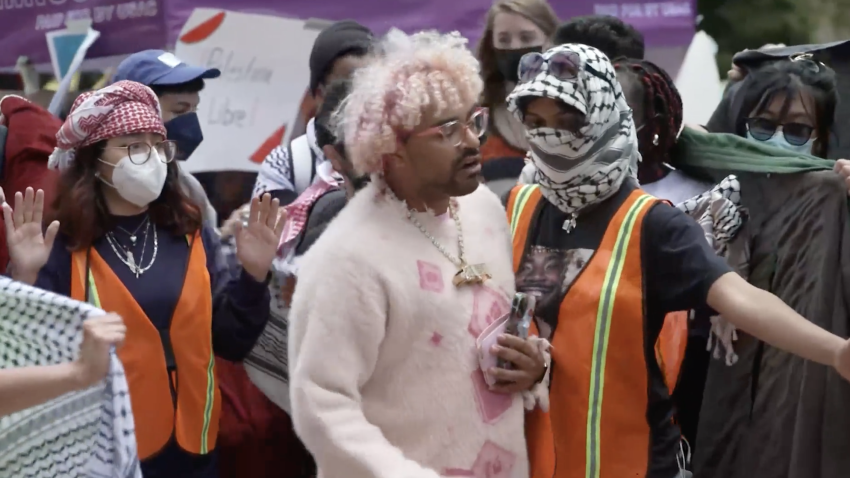

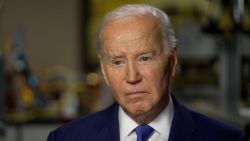
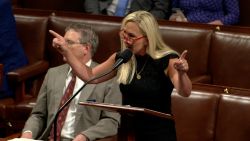


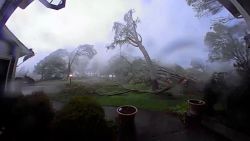
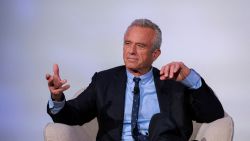

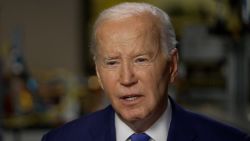

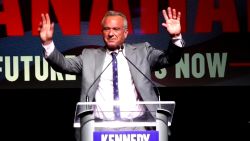

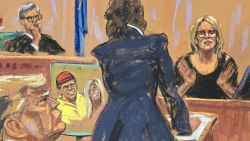
![CORRECTION / Director General of the International Atomic Energy Agency (IAEA) Rafael Grossi speaks during a press conference with the head of Iran's atomic energy department in Isfahan on May 7, 2024. (Photo by ATTA KENARE / AFP) / "The erroneous DATE appearing in the CAPTION of this photo by ATTA KENARE has been modified in AFP systems in the following manner: [May 7, 2024] instead of [May 7, 2023]. Please immediately remove the erroneous mention[s] from all your online services and delete it (them) from your servers. If you have been authorized by AFP to distribute it (them) to third parties, please ensure that the same actions are carried out by them. Failure to promptly comply with these instructions will entail liability on your part for any continued or post notification usage. Therefore we thank you very much for all your attention and prompt action. We are sorry for the inconvenience this notification may cause and remain at your disposal for any further information you may require." (Photo by ATTA KENARE/AFP via Getty Images)](https://media.cnn.com/api/v1/images/stellar/prod/240508183644-rafael-grossi-iaea-chief.jpg?c=16x9&q=w_250,c_fill)




